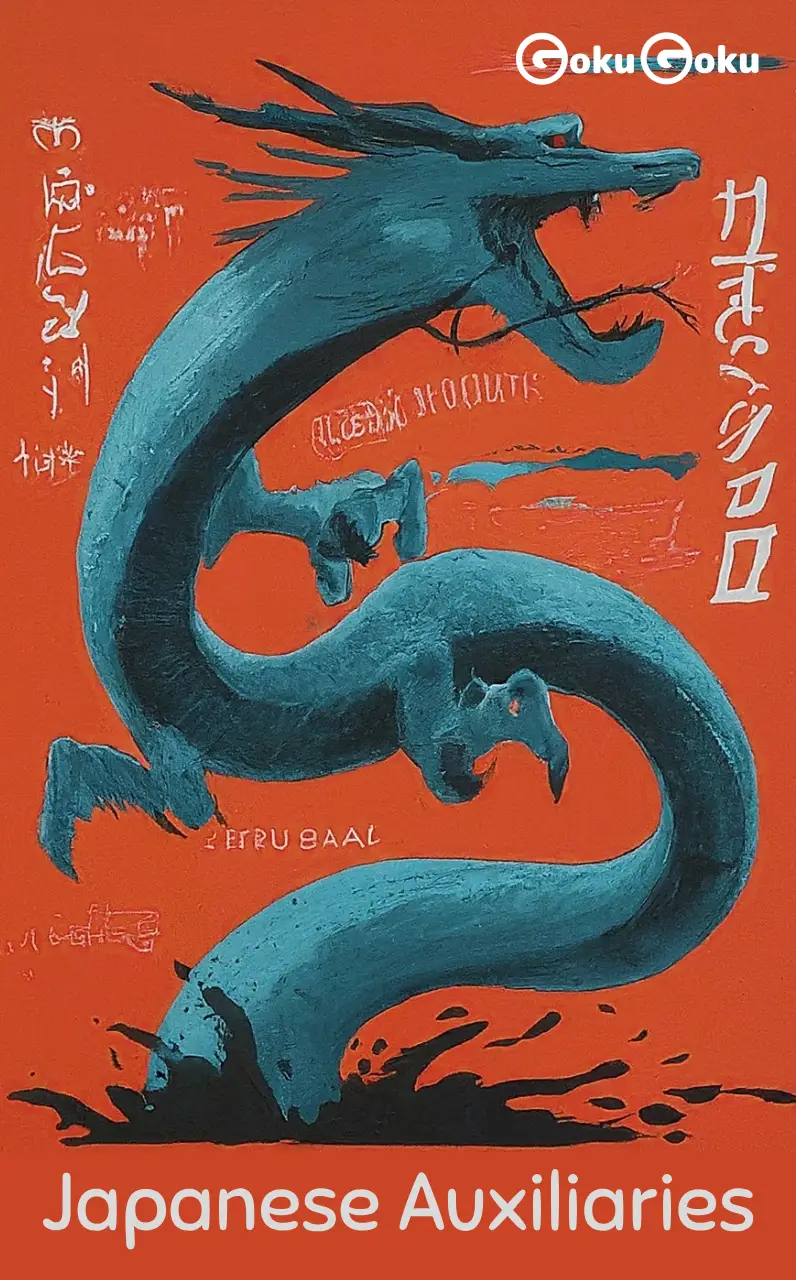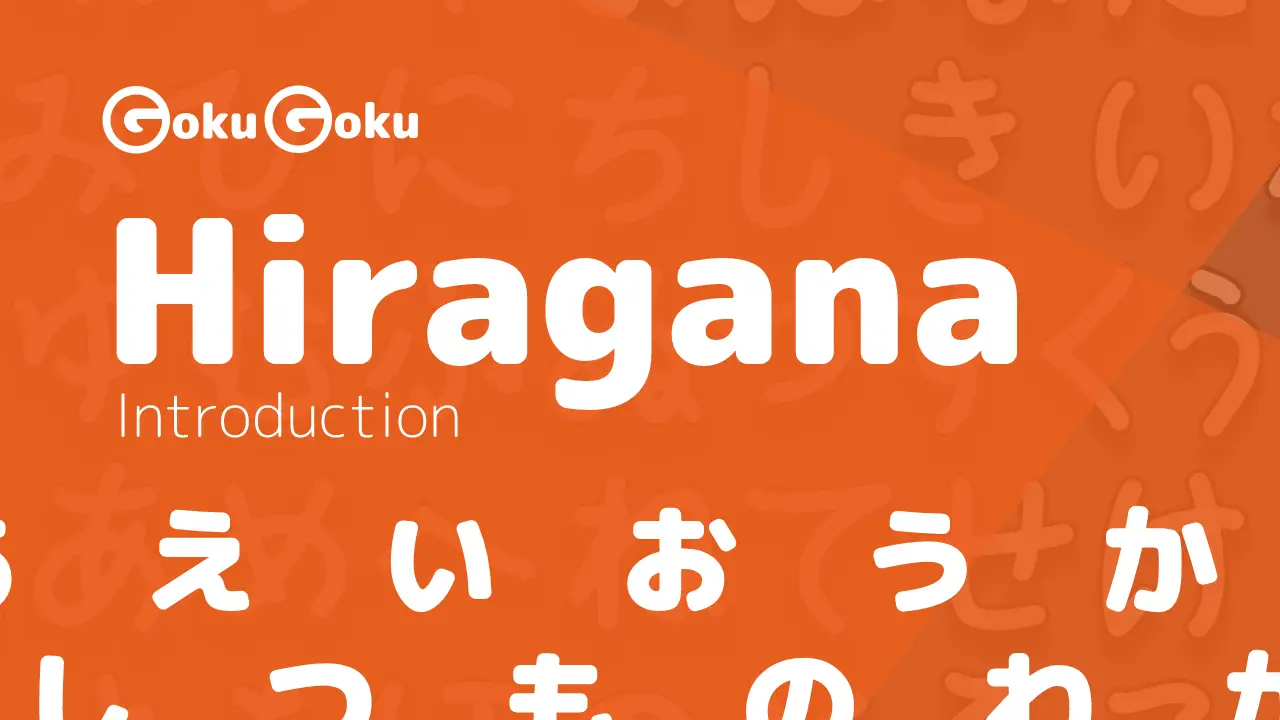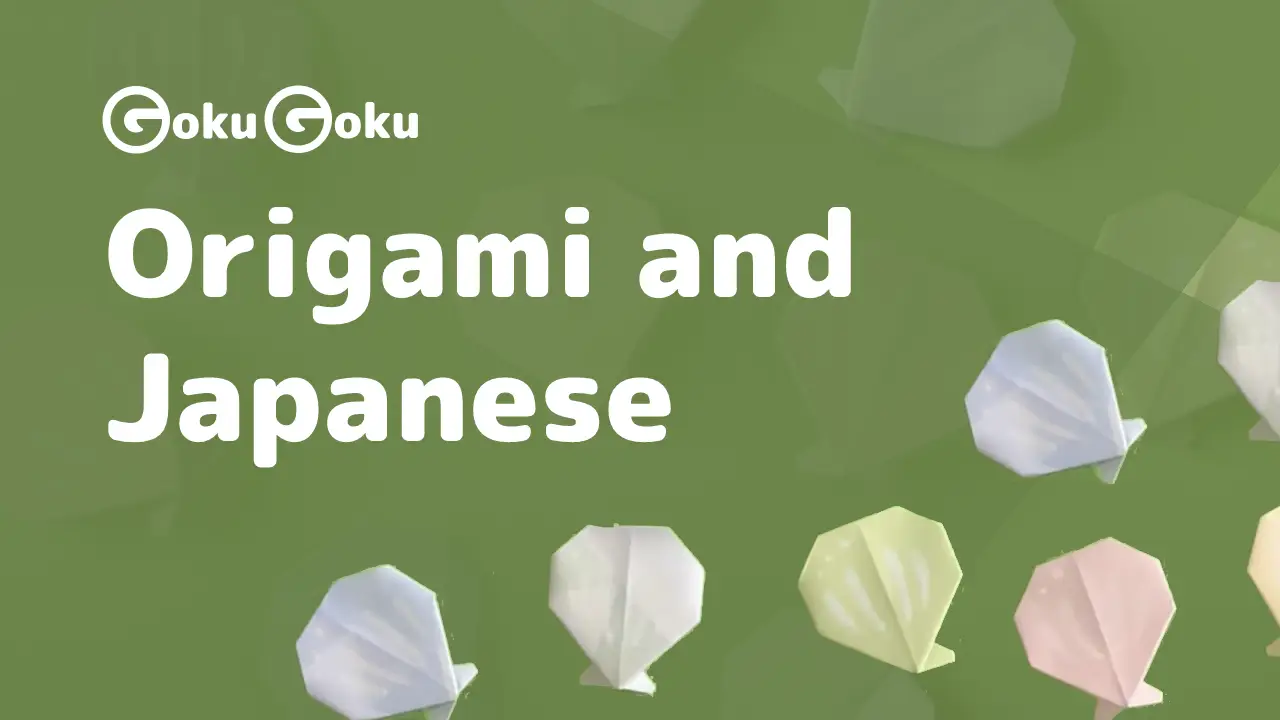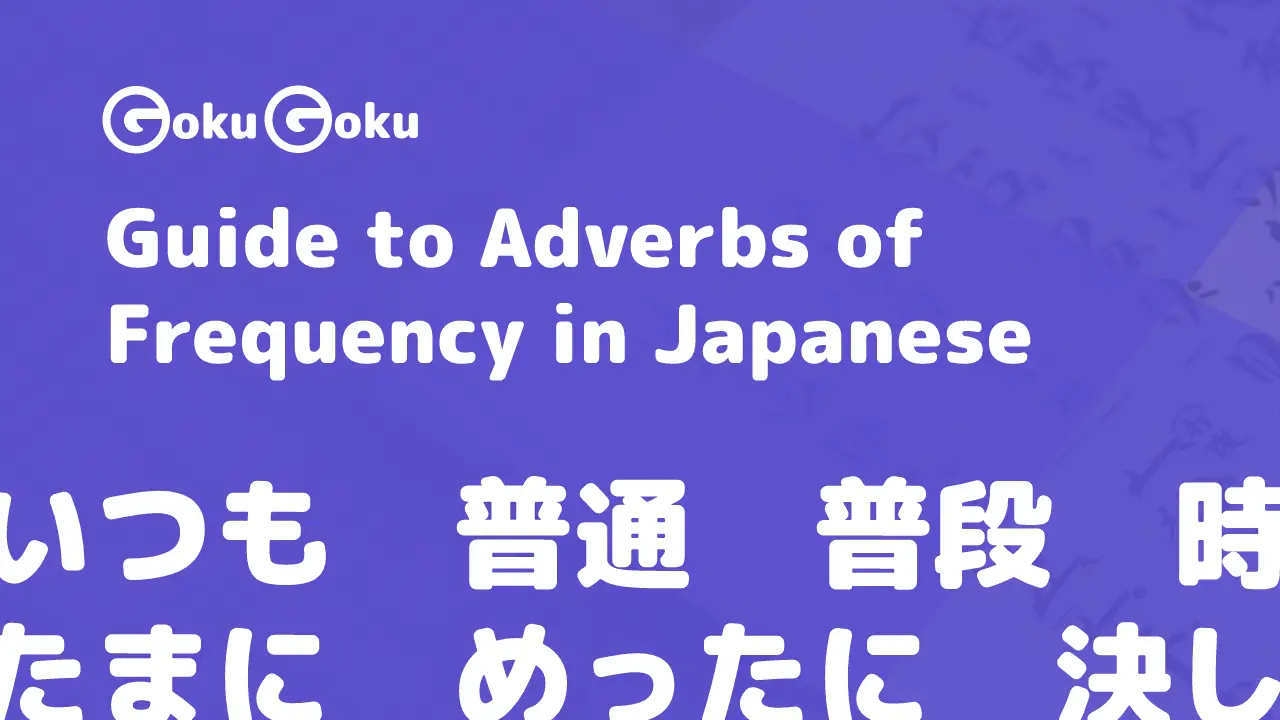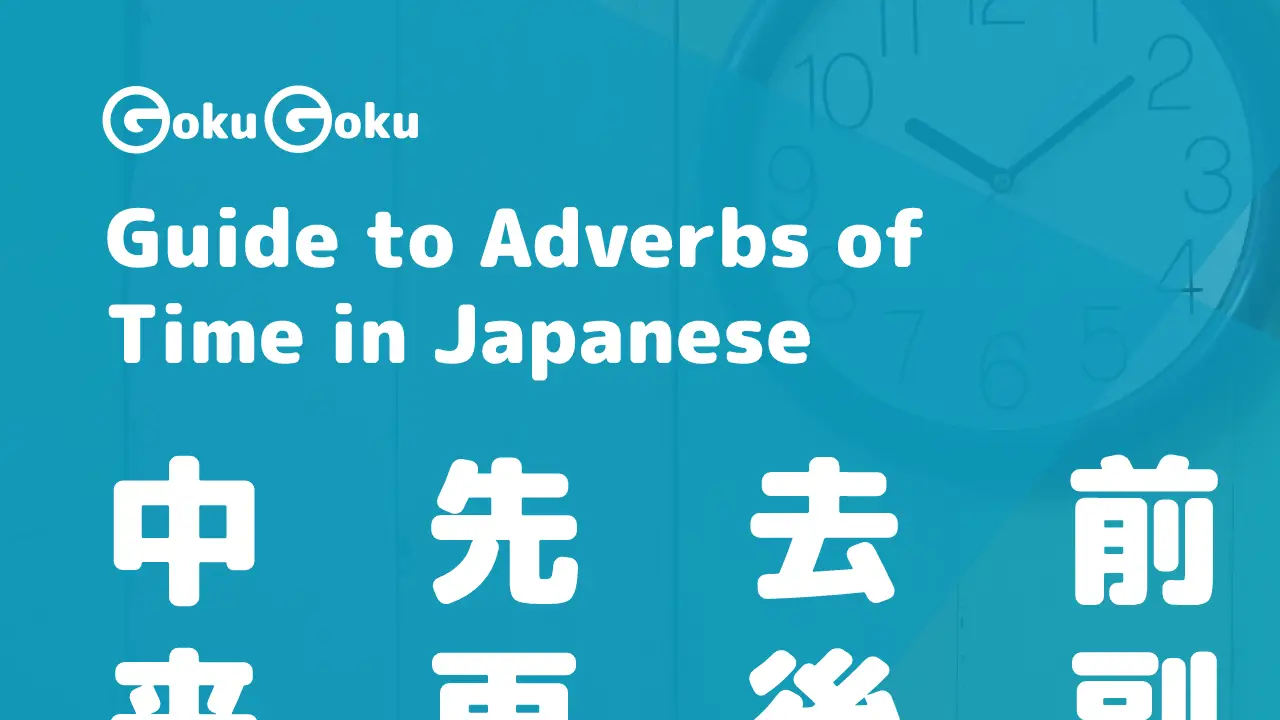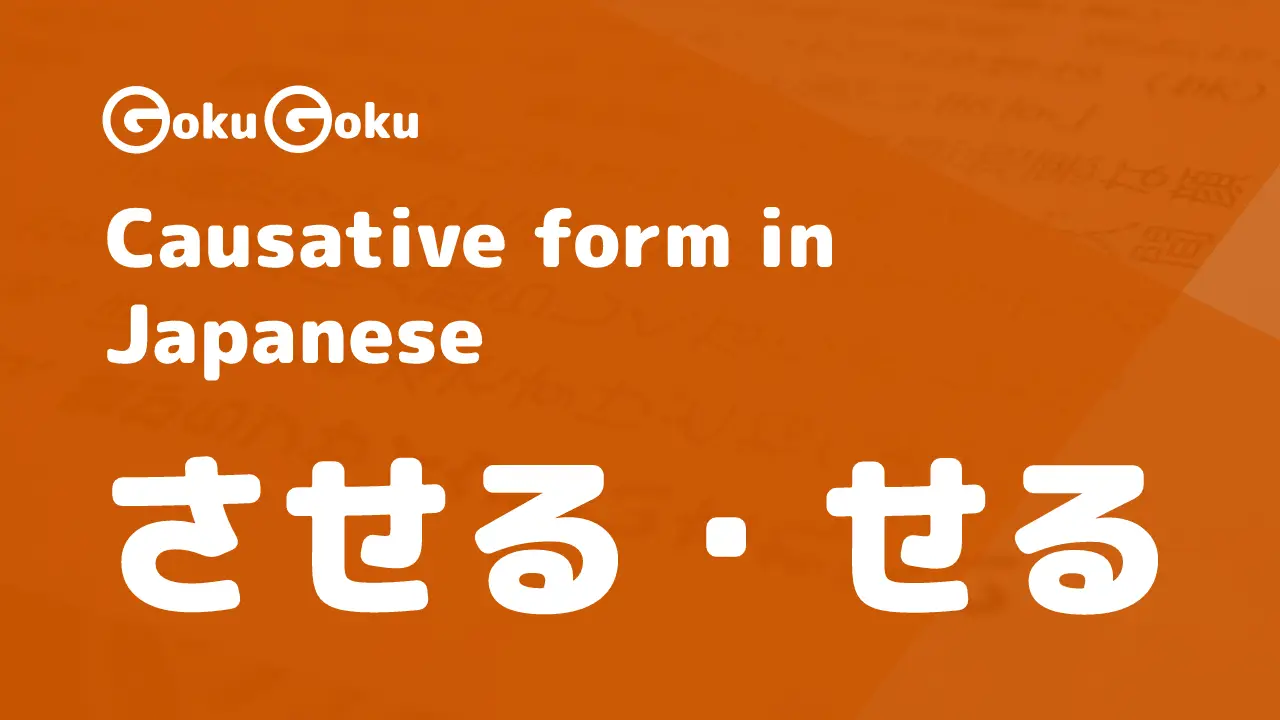Learn how to write Hiragana - Methods and tips
Anna Baffa Volpe
Get in touch with me8 min reading time
Have you always desired to learn Japanese? This post is for you! Today we're going to learn the Hiragana Syllabary, which represents the first step for anyone who wants to learn the Japanese language.
We're going to make an introduction to the three Japanese writing systems: Hiragana, Katakana, and Kanji. We will then go into details about how the Hiragana Syllabary works. Let's get started!
Japanese writing systems: Hiragana, Katakana and Kanji
The Japanese language has 3 writing systems, each one used for different words and in different contexts. These 3 system consists of:
2 syllabaries: Hiragana and Katakana
Kanji, the ideographic system
The Hiragana ひらがな syllabary is at the core of the language and it is used to transcribe every word and kanji in Japanese.
The Katakana syllabary カタカナ is used to transcribe loan words from foreign languages, mainly from English. These terms are related to modernity, computer science terms, names of some animals and plants, name of companies for emphasis etc.
The ideographic system Kanji 漢字, which means Chinese Han dinasty (漢) character (字), as well as the Hiragana syllabary, transcribe the whole japanese phonetics.
How to form sentences in Japanese
The sentence is articulated as follows: Kanji first, Hiragana characters, and, if there are foreign terms, also Katakana characters.
ここは日本です。
We are in Japan.
As you can see graphically, we have simpler signs or characters こ-こ-は-で-す and other more articulate signs such as 日 and 本:
The characters with fewer signs come from a syllabary, in this case the Hiragana
The characters with more signs are the Kanji ideograms
Katakana does not appear as there are no foreign words
Numbers have their own corresponding kanji, but Arabic numerals are used for the most part, so we will have no difficulty ro recognize them.
今日は8月16日です。
Today is August 16th.
What the Hiragana Syllabary consists of
Let's have a look now at the characteristic elements of Hiragana and then move on to some practical tips to write the characters, which can also simply be called Kana.
In hiragana we find the 5 vowels that in the syllabary follow a different order from other languages:
a - i - u - e - o
あ, い, う, え, お
There is a semiconsonant the 'n' ん.
The main body of the syllabary is made of syllables (sounds) that combine the consonant with the vowel:
か, き, く, け, こ: ka, ki, ku, ke, ko
さ, し, す, せ, そ: sa, shi, su, se, so
Where the Hiragana Syllabary comes from
The hiragana syllabary is derived from a simplification of Chinese characters. If you have a chance to read or study Japanese history, you will learn about the Heyan period (794-1185), in which this writing system was developed.
It was mainly used by women in transcribing letters and poems. The word 'hiragana' is 平仮名 where:
平
hirarefers to the female hand palm仮名
ganafrom kana which means characters, letters
Origin of Japanese ideograms (Kanji)
The ideograms (kanji) have been taken over by Chinese culture in various historical periods. The two languages are very different structurally, so a great work had to be done to revise and adapt the Chinese characters to Japanese phonetics, and it was then inevitable to create a new syllabary to fill the gaps due to the differences between the two languages.
Hiragana characters, like those of katakana, were created from Kanji. Parts of some kanji were taken and vowel or syllabic sounds were associated

The left-hand sign 安 is an ideogram of Chinese origin whose reading a created the first kana of the syllabary, the vowel a あ.
On a graphic level, the hiragana syllabary differs from katakana for its rounded strokes while the katakana is more rigid and geometric.
あ a in hiragana
ア a in katakana
す su in hiragana
ス su in katakana
Hiragana transcription
The methods to learn and practise the writing and transcription of the characters are various. I think everyone during their studies comes to choose his own effective and interesting method.
Should we learn to transcribe both hiragana and katakana right away?
The advice is to practise and learn to read and write the whole hiragana syllabary, because all its signs will appear in Japanese sentences.
For katakana the matter is different as this syllabary is necessary to read and write foreign words, so we can deal with its kana from time to time when we find the foreign word or name.
Methods for learning Hiragana syllabary
And now we start with transcribing the ひらがな (Hiragana). Let us now have a look at some practical methods to learn and memorize the characters.
Let's trace the hiragana characters
What do you think of the old and useful technique of tracing with tissue paper?
I'm suggesting tissue paper, but it can be any type of paper or material that allows to see the kana written on the sheet underneath.
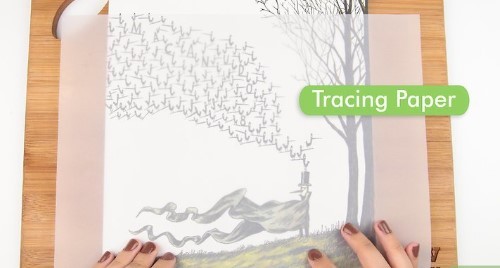
This exercise helps us to follow the order of the strokes and at the same time we learn the roundness of the character, the harmony of the verious signs that make up the kana.
Each character in a square
Many students, on the other hand, prefer to transcribe the single kana normally on a sheet of paper, many and many times until they can write it clearly.
We recommend large-square notebook in these cases and the exercise consists of transcribing the entire single character within the square.
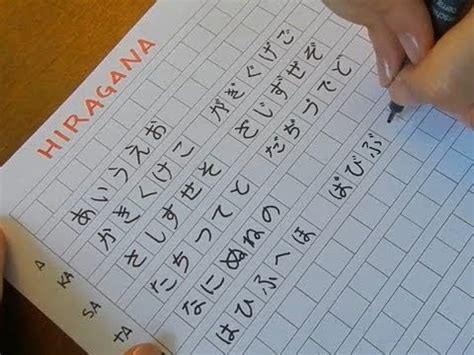
How to make the character harmonious? For this, one of the methods used in Japanese schools comes to our aid.
Consider that first grade children learn the syllabary in the first quarter of the school year. As in other cultures, many mothers start teaching their children kana in the pre-school period.
For every character a geometric figure
Another method to reproduce characters in a way that is harmonious and pleasant to look at and read, is to associate a geometric figure with the shape of the kana.
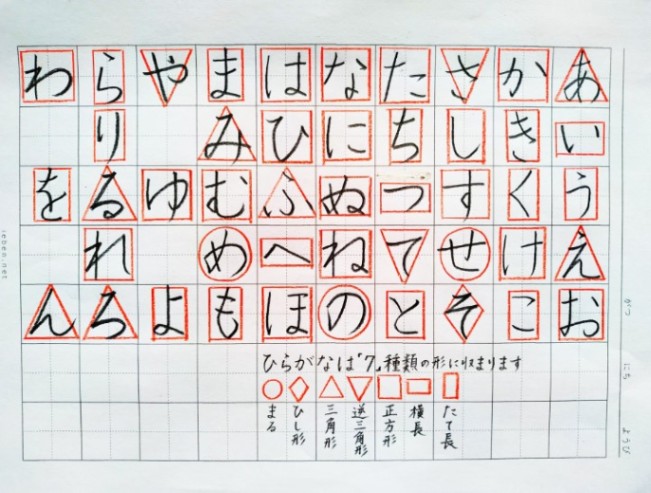
As we see in the picture, we have 7 types of figures:
Circle
Rhombus
Triangle in two positions
Square
Rectangle in two positions
This tip may facilitate the mental image we create of the kana and may help us in its transcription.
やってみよう! Let's try it!
Similarities of characters with images from the outside world
Let's have fun!
We can associate the shape of the kana with an object, animal, element that we think is close to the image of the character.
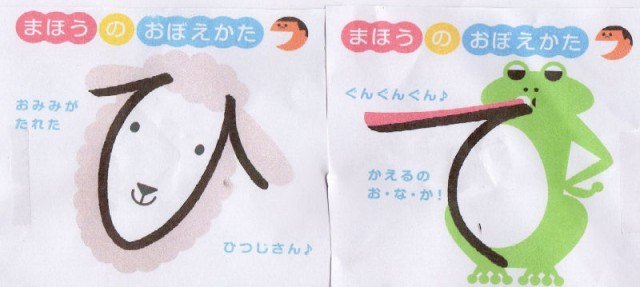
In the picture the kana "hi" ひ has been associated with the sheep's head and て with the roundness of the frog's belly.
This aspect is also very personal and each of us can freely associate any animate or inanimate object or even create a situation around the character that facilitates memorisation and recognition.
Hiragana cards
Japanese children use hiragana kādo, hiragana cards. These are teaching materials that can be found in schools and can be bought, just as children learn the alphabet.
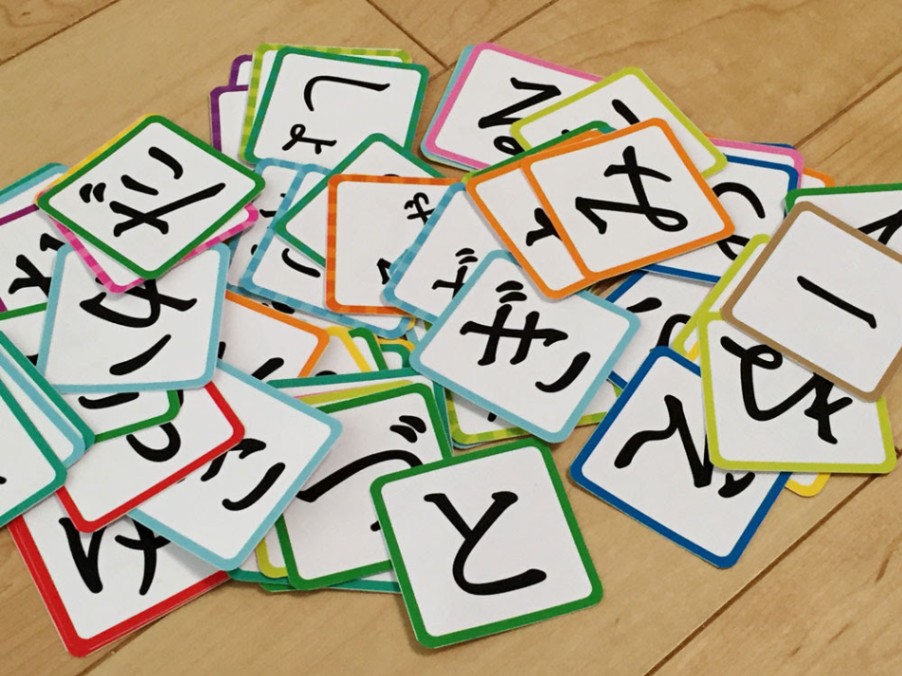
For those who love to draw and create, it can be a moment of relaxation and creativity to make their own cards.
Hiragana picture chart
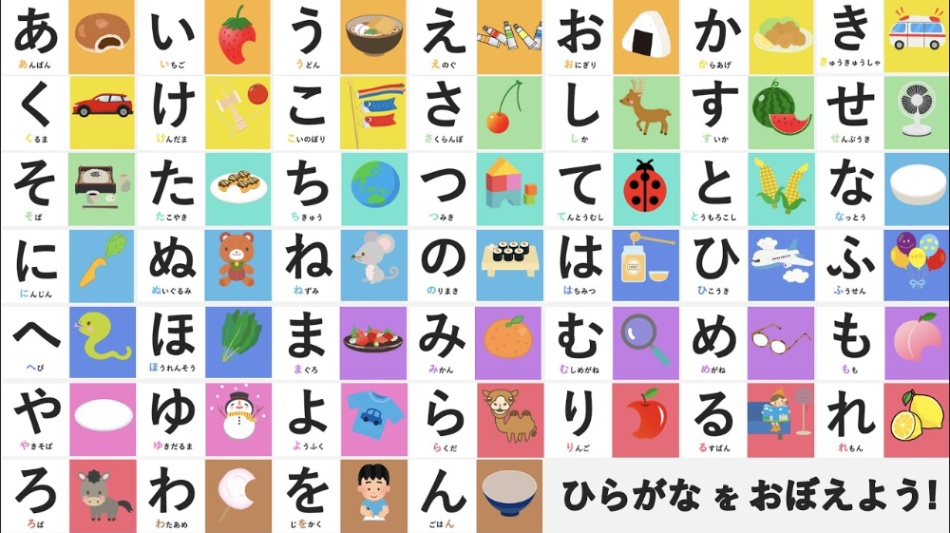
Cultures with an alphabetical writing system also use this type as teaching material. Posters, materials of various kinds showing the written character and an object or animal whose initial reflects that letter, in the case of Japanese that vowel or syllable.
For example:
For the character or syllable "ne" ね the image of a mouse is used ねずみ
に "ni" instead appears in にんんじん, carrot and so on
We leave it up to you to choose and practise with your best method.
Feel free to write to us to share your personal methods and ideas for an enjoyable and effective workout!
